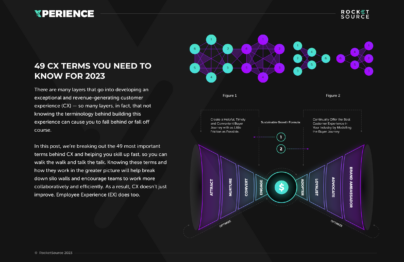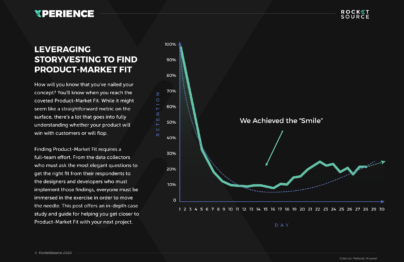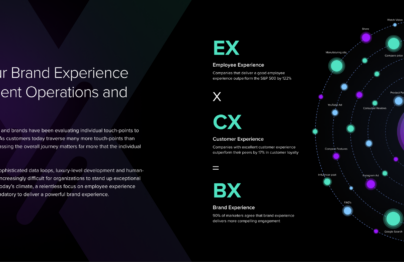Human-Centered Design brings the person behind the product front and center to better understand how the product fits into their daily life. The difference in this approach isn’t assumptive about how a person uses the product.
Instead, it’s rooted in data and insights to better understand what’s happening in the hearts and minds of buyers and then use those insights to make core product and business decisions rooted in empathy.
Human-Centered Design Starts With Empathy Mapping
Gone are the days when empathy mapping was a one-off exercise that quickly sat in the corner gathering dust. This data-centric approach to empathy mapping aligns both the brand experience and the customer experience, allowing teams to quickly gather insights into where and how to excel. These insights can then be plotted along a customer journey map to gain a deeper understanding of what happens at each stage of the buyer’s journey and how it can be used to understand the holistic experience.
Why look at two empathy maps when approaching Human-Centered Design initiatives? Because both experiences influence the other. When teams are unhappy, the customer will feel that comes through in the design. If a customer is unhappy, the team knows there’s a critical need to find ways to improve the buyer’s experience. Pair those insights with data and teams, and have actionable ways to find opportunities to excel and improve.
Understanding the Human Approach to Decision-Making
Human-Centered Design is rooted in psychology. Understanding how a buyer navigates the world and makes decisions helps break from the temptation to think linearly.
Instead, teams can better understand how the human brain pulls and synapses, enabling teams to identify better the emotional and logical triggers that go into human behavior.
These nuances and intricacies allow teams to understand consumer psychology and behavioral economics better. Those complexities can then be infused into the product design and experience design, honoring the human experience and designing for the person behind the product.
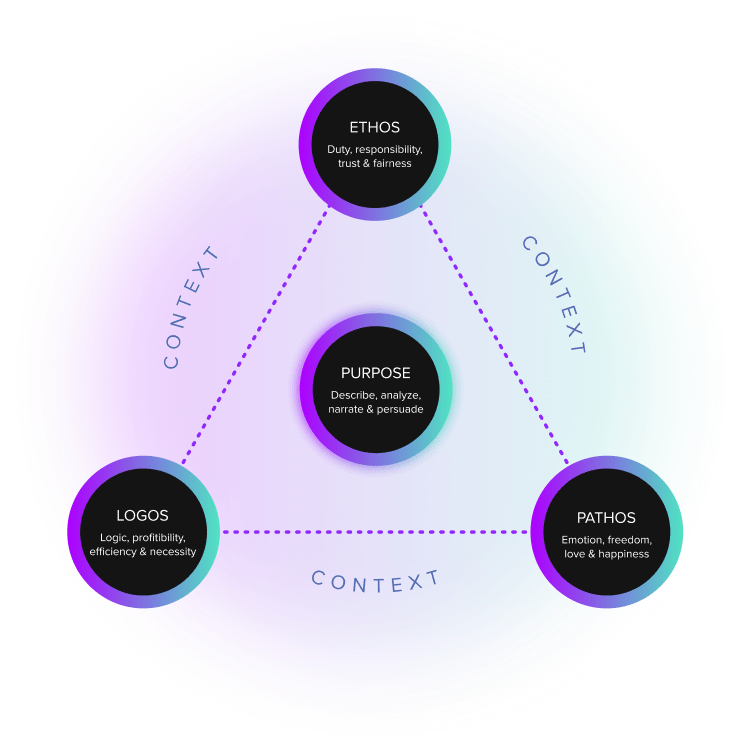
A Framework for Human-Centered Design
StoryVesting is a Human-Centered Design framework that allows teams to blend all of the insights and human complexities into one space. This framework ripples through the two concentric circles of human decision-making, driving business transformation strategy and honoring the nuances beneath the surface.
Using this data-centric approach to problem-solving and design, organizations can wield this framework as a foundation for essential macro decisions or micro-tasks alike. From reducing costs via Human-Centered Design initiatives or making a product-based decision, taking this data to reduce friction and encourage engagement is a powerful means for transformative growth.
Three Stages of Human-Centered Design
Stage 1: Strategic Inflection Points
Hockey-stick style growth doesn’t happen long-term. Rather than a linear, upward progression that many business owners assume happens, growth tends to ebb and flow. As businesses see things level out following a large upward spike, they move into a strategic inflection point where critical decisions must be made to spur that upward trajectory again.

Stage 2: Aggregating the Data
With the amount of data available, many organizations struggle to aggregate and mine for insights. A tremendous level of strategic processes and pattern recognition must be deployed to make critical decisions. This step requires teams to come together with a calculated approach to ensure everyone stays on the same page and is working with the right data.

Stage 3: Drawing Insights From Data
Insights alone are worthless. It’s what teams do with those insights that matter more. To gather the information needed to run an intelligent operation, teams must predict what the future looks like through the customer’s lens. A data-centric framework to form these predictions empowers teams to uncover deeper insights and make more strategic decisions.
Customer Experience (CX) Terms
- 360° Degree View of the Customer
- AI Ops
- Barlow Bands
- Behavioral Triggers
- Bow Tie Funnel
- Brick-to-Click
- Business Impact Analysis (BIA)
- Cognitive Computing
- Cohort Analytics
- Content Mapping
- Conversational User Guidance
- Customer Data Profile
- Customer Experience (CX)
- Customer Friction
- Customer Insights Map
- Customer Journey
- Customer Journey Mapping
- Customer Satisfaction (CSAT)
- Customized Ratios
- CX Intelligence
- CX Led Growth
- CX Metrics
- Data as a Product (DaaP)
- Data as a Service (DaaS)
- Data Culture
- Data Driven
- Data Engineering
- Data Fabric
- Data Governance
- Data Humanization
- Data Hygiene
- Data Looping
- Data Mapping
- Data Mining
- Data Modeling
- Data Monetization
- Data Swamp
- Data Visualization
- Data Warehouse
- Data-Centric
- Descriptive Analytics
- Diagnostic Analytics
- Digital Asset Management (DAM)
- Digital Transformation
- Dirty Data In Dirty Data Out
- Embedded Intelligence
- Empathy Mapping
- Employee Data Profile
- Employee Experience (EX)
- EX to CX Data Mapping
- EX to CX Mapping
- Experience Management (XM)
- Gap Analysis
- Generative AI
- Human-Centered Design (HCD)
- Journey Analytics
- Machine Learning (ML)
- Managed Agile Services on Demand
- Modified Hoshin
- North Star Metric
- Party Data
- Pathway to Purchase
- Predictive Analytics
- Product-Market Fit Mapping
- Real Time Design Looping
- Revenue Acceleration
- RevOps
- S Curve of Growth
- Stack Impact Analysis
- StoryVesting
- Table Stakes Testing
- The 3 P’s
- User Experience (UX)
- User Insights Map
- User Interface (UI)
- Voice of the Customer (VoC)
- Voice of the Employee (VoE)
- World Cloud Generator Sentiment Mining
- X Analytics

